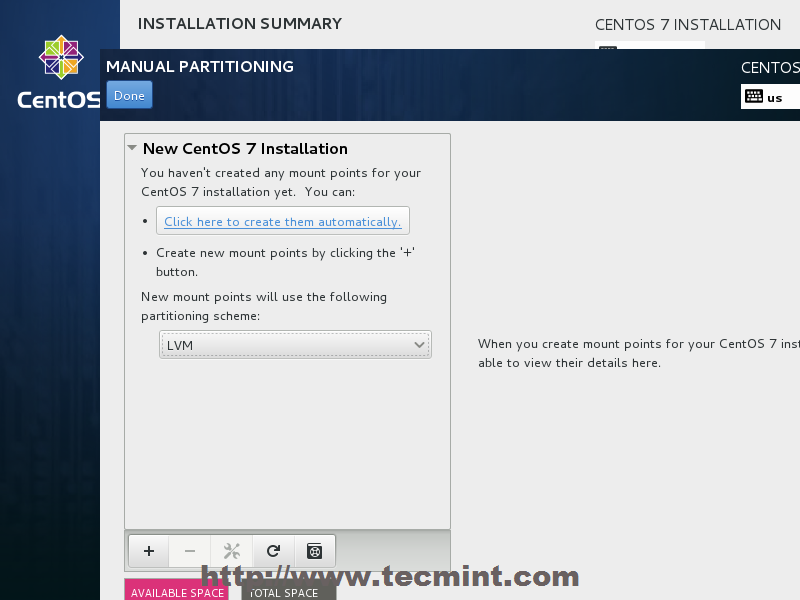-
What Filesystem Type To Use With Centos Golden Image카테고리 없음 2020. 2. 9. 00:02
How to include a kickstart file in ISO image and create customized ISO? How can we create a customized Golden Image or RHEL ISO with kickstart file? - Red Hat Customer Portal. All of these options are valid ways to deliver applications to virtual desktops, and you need to decide on which methods you will use when designing your desktop golden images and desktop pools. There may not be a single solution for delivering all of your applications, and you may need to rely on multiple methods to meet the needs of your users. I don't know if you can do this with Centos, but with RHat, you can create a golden image and then use that to build the other machines in your cluster. That would help if you're building a decent sized cluster.

A file system is the way in which files are named, stored, retrieved as well as updated on a storage disk or partition; the way files are organized on the disk.A file system is divided in two segments called: User Data and Metadata (file name, time it was created, modified time, it’s size and location in the directory hierarchy etc).In this guide, we will explain seven ways to identify your Linux file system type such as Ext2, Ext3, Ext4, BtrFS, GlusterFS plus many more. Using df Commanddf command reports file system disk space usage, to include the file system type on a particular disk partition, use the -T flag as below: $ df -ThOR$ df -Th grep '^/dev'.

There are a lot of generic how-to posts regarding this topic without much specificity of intended use, hence this post. Now before anyone starts proving points, note that I wrote 'a lot of posts' and not 'all posts'. Haven't reached the end of the internet yet.:)Preface: Vmware and Windows shop, building a HDP environment from ground up in CentOS.
First set of Linux VM's that will officiate how the templates are made and pave the road for future provisioning as we scale. I don't just want to 'whip something up' as I go but instead start from top and build the foundation for automation first. CentOS is relatively new to me so I am taking my time and learning through the steps as I go.Considerations: Immutable servers. Rinse and repeat processes. Hot-Add storage to a partition.
Aiming to set up Ansible to manage VM's. DevOps mindset.
Centos 7 Vmware Template Download
Service account oriented. Little to no users logging into them in general.Question: All mentioned, how would you structure your VM template/Linux disk partitions?Thanks!.

I manage my servers via saltstack.I make new VMs, add them to the stack and say 'You're the torrent box now'it gets the correct hostname, packages, services, firewall rules and system permissions and then becomes that box.So they're pretty.